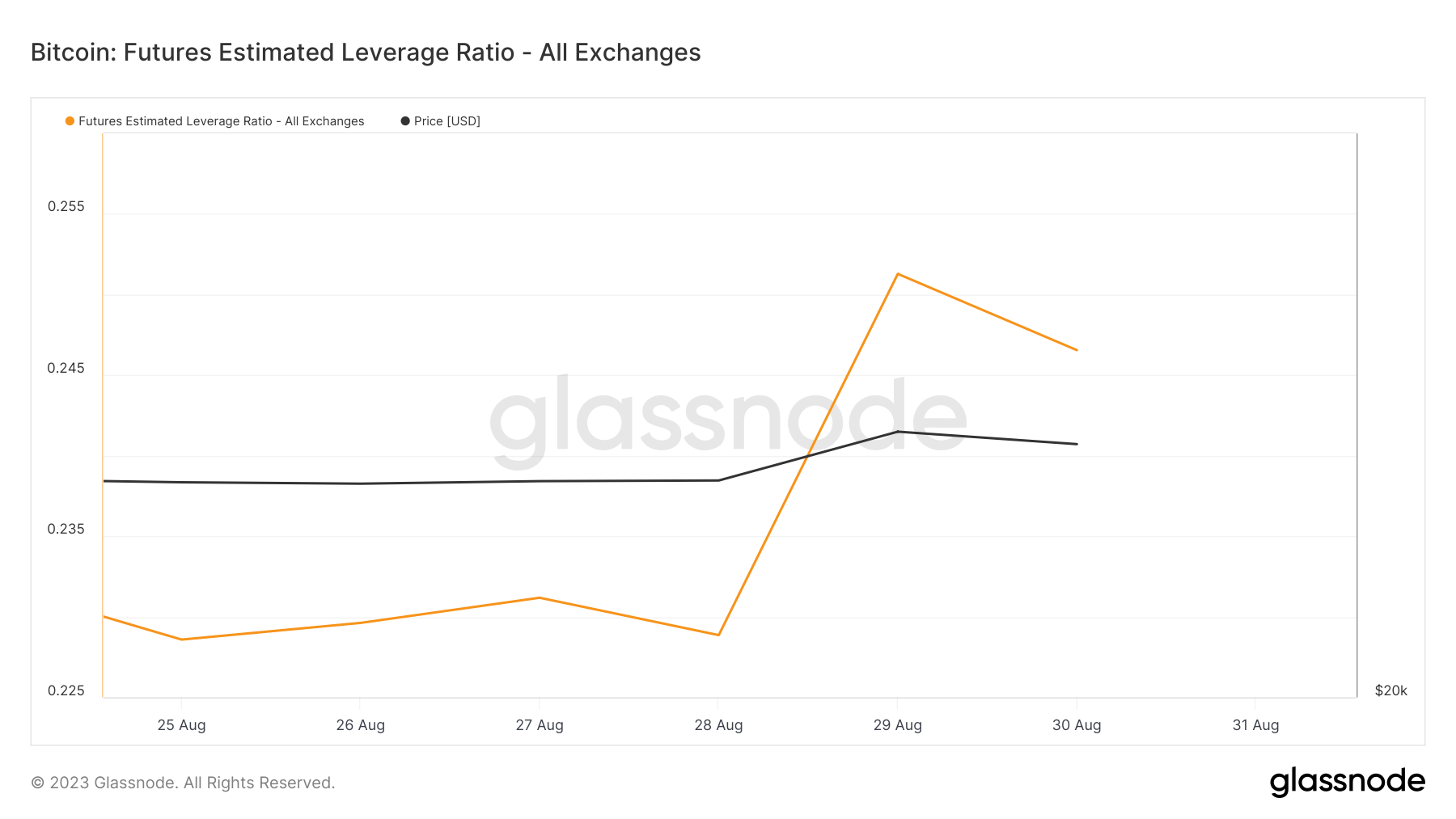cyptouser1 years ago360
The U.S. Securities and Exchange Commission (SEC) postponed decisions regarding proposed rule change...
Coinbase to list PayPal’s PYUSD stablecoin
cyptouser1 years ago353
Coinbase announced on Aug. 30 that it will soon add support for PayPal’s st...
US Bitcoin Corp to host 8,500 of Celsius’ mining rigs as part of asset management deal
cyptouser1 years ago318
Data center operator US Bitcoin Corp (USBTC) will host 8,500 Bitcoin (BTC) miners with an estim...
Venom-based marketplace Valicit facilitates over 230k Numi Stories ticket sales
cyptouser1 years ago313
Venom blockchain-based decentralized marketplace Valicit has sold over 230,000 tickets wit...
Swift successfully transfers tokens across blockchains in landmark experiment with Chainlink
cyptouser1 years ago291
Global financial messaging network Swift has announced the successful completion of a tokenization e...
Bitcoin futures show renewed confidence amidst price surge
cyptouser1 years ago361
Earlier this week, Bitcoin broke above the $27,000 barrier on the news about&nbs...
Nexo, Mastercard unveil the world’s first dual-mode crypto card
cyptouser1 years ago315
Crypto lender Nexo partnered with global payments company Mastercard to create the “world’s first” d...
Worldcoin claims to verify one Argentinian every 9 seconds; WLD dumps 9%
cyptouser1 years ago406
Digital identity project Worldcoin claimed it verified an Argentinian every nine seconds during an u...
Cambridge Bitcoin Energy Consumption Index lowers estimate by 14%, revises methodology
cyptouser1 years ago330
The Cambridge Bitcoin Electricity Consumption Index (CBECI), which tracks global Bitcoin energy cons...
Binance nudges users towards FDUSD as it ‘gradually’ phases BUSD out
cyptouser1 years ago328
Binance has advised its users to convert their Binance USD (BUSD) holdings to First Digital USD (FDU...





